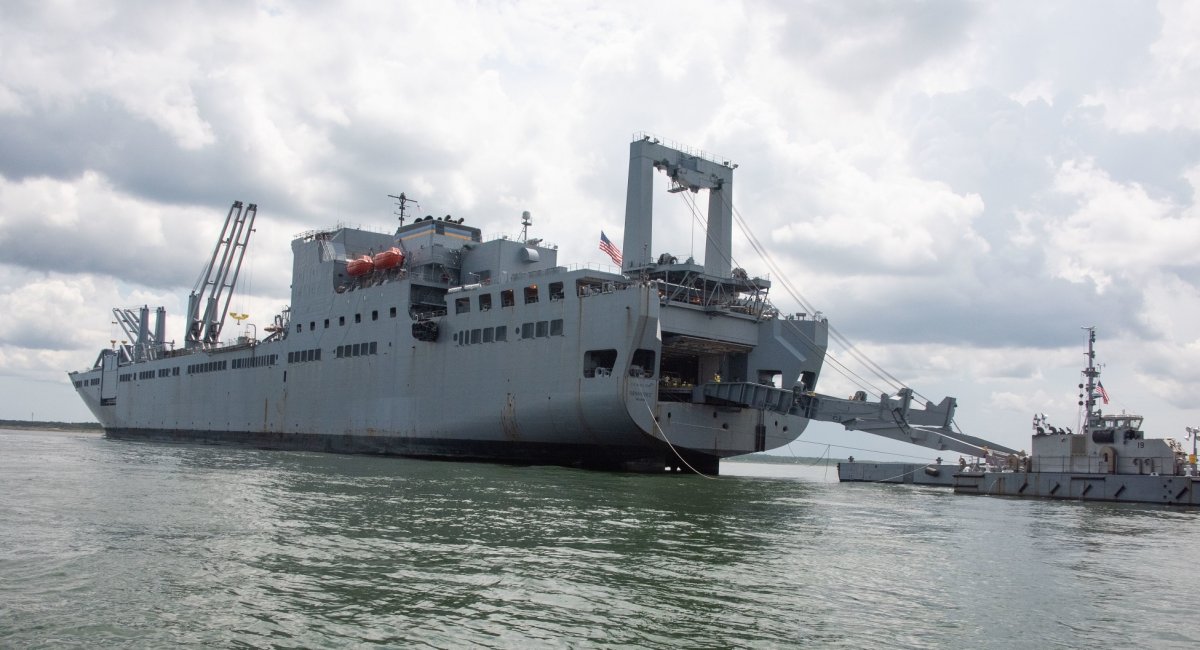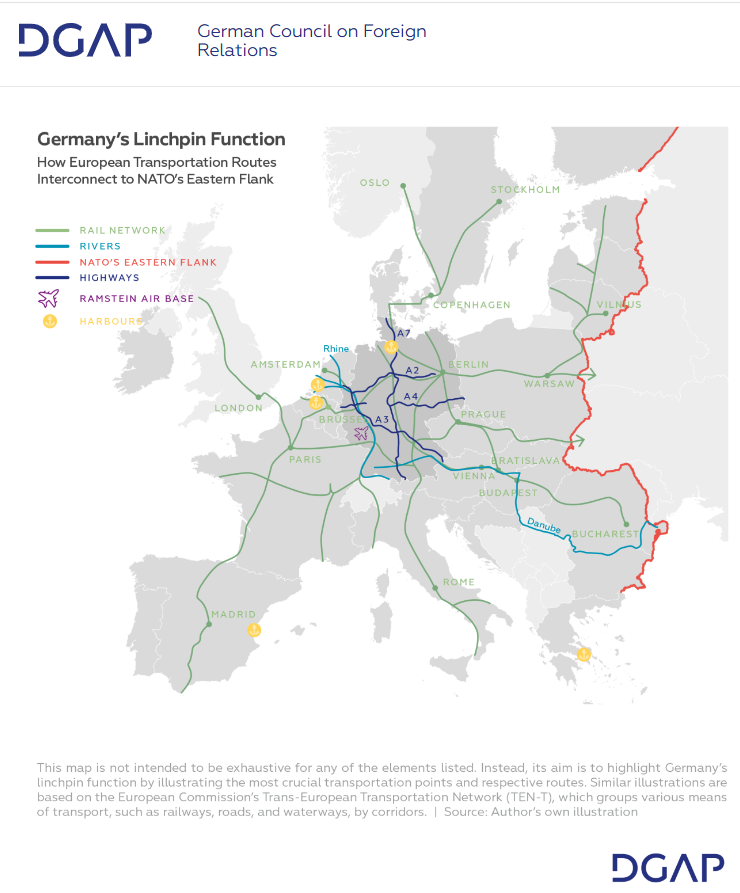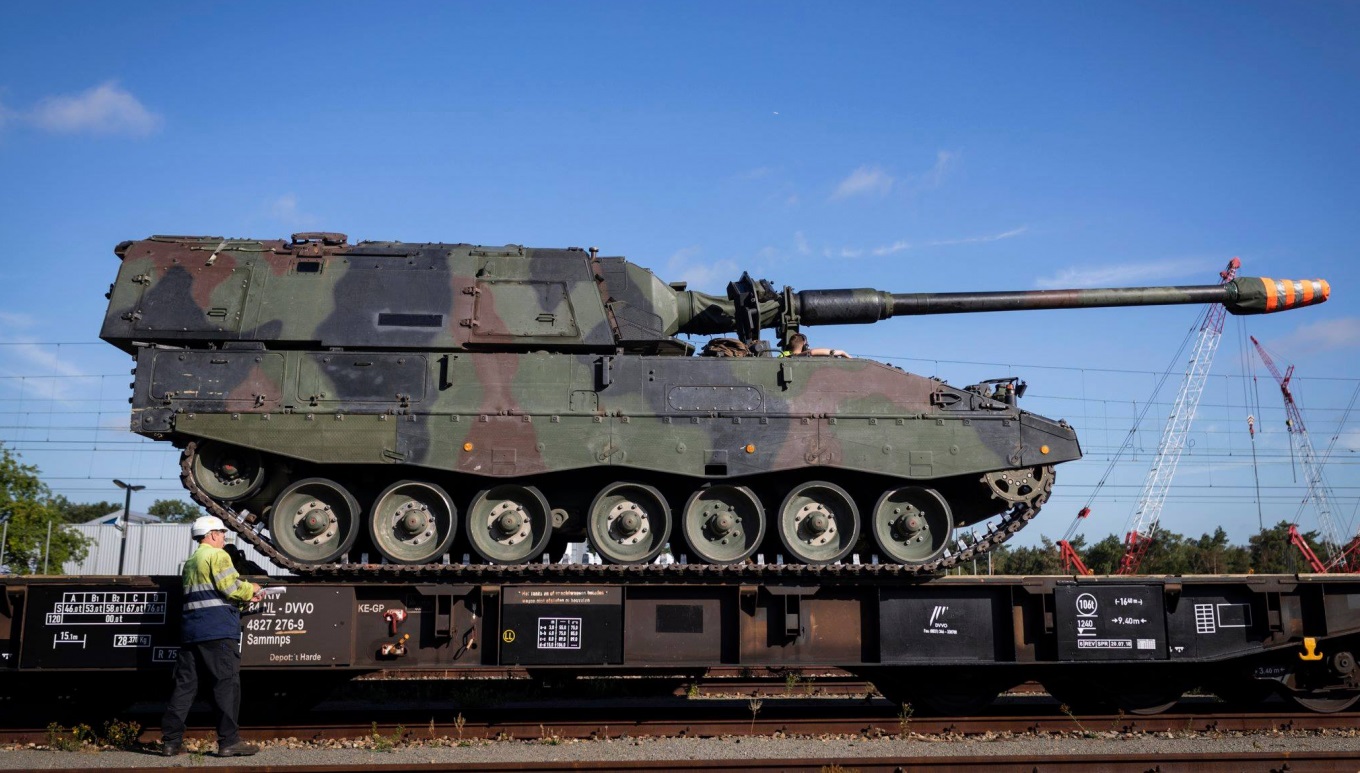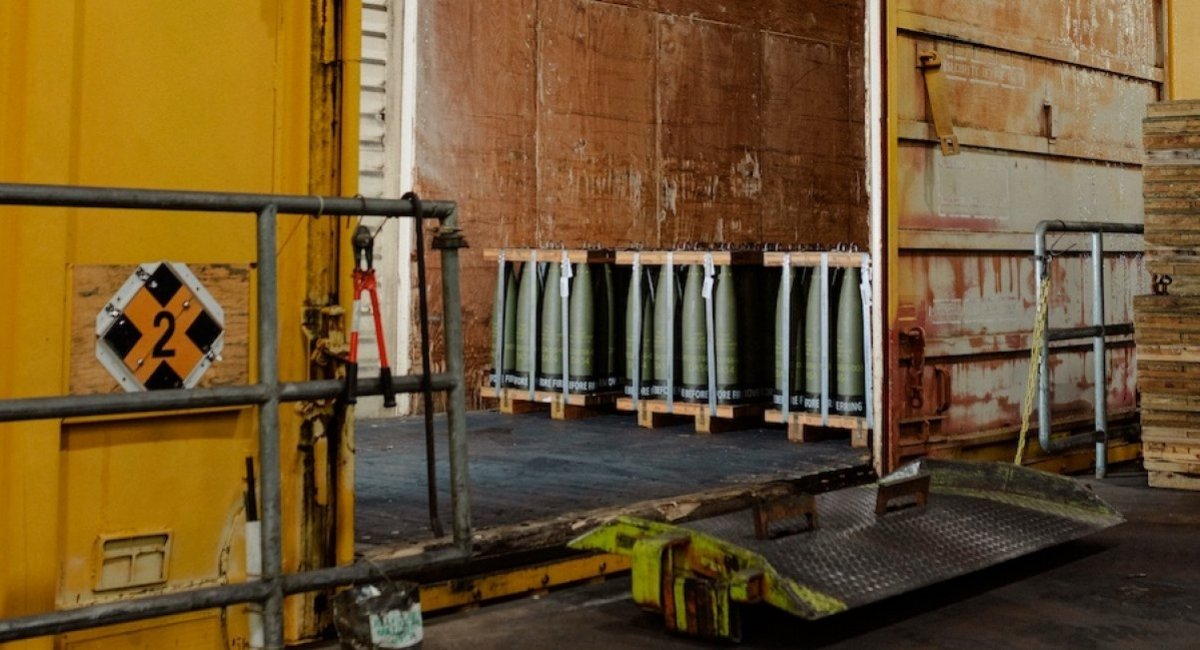According to a report from the U.S. Department of Defense Inspector General, in the period from December 2022 to the end of January 2023, the United States had logistical problems with the delivery of artillery ammunition to Ukraine, their route lying via the German railway network.
The reason for the 2-month delay is claimed to be "problems with a German railroad contract," namely the state railway operator Deutsche Bahn, Defense One reports, citing the disclosed Pentagon documents.
Read more: Ukraine Needs to Strike Twelve Key Factories With Tomahawks to Paralyze Missile Production in russia

However, Defense Express would like to emphasize that, if we carefully analyze the text of the article, the conclusion would be that it was rather the U.S. military itself did not do the necessary part of their job, although they do not want to admit it.
For starters, let's note that there's no information regarding, for example, the quantity of cargo the German railway was supposed to ship to Ukraine, or the amount of payment Deutsche Bahn was to receive. Still, the Inspector General unveiled that in one instance, the Pentagon was forced to charter sea vessels as an alternative to rail transport, which in turn led to $1.6 million in additional costs.
However, next we can see an interesting detail: the Pentagon's agreement with the German railway did not actually explicitly require any specific actions from both parties. Simply put, the depth of this deal was roughly "the parties agreed to come to an agreement," where the obligations of the Pentagon and Deutsche Bahn were not even spelled out.

Furthermore, the German state railway operator had to fulfill its direct transportation obligations for the Bundeswehr: the government contract obliges the company to reserve up to 400 specialized platform cars for the transportation of military equipment, for €50 million annually.
If that weren’t enough, even now, it's unclear if, after having already encountered delays with supplies for Ukraine once, the Pentagon and the German railways have finally specified their contractual obligations, or whether they still don't know what to expect and demand from each other.
Another notable nuance in this story is that Germany itself now also has problems with the railways capacity to meet its own defense needs. After the collapse of the Soviet Union in 1991, the German government stopped considering railway transport as an element of its defense capability in general, which led to the closure of 5,000 kilometers of "excess" railways.

With a total railway length of 270,000 km, only 1,800 km of railways were got capital repairs, giving rise to the current situation that requires €100 billion to restore DB infrastructure by 2028, that is, exactly as much as allocated for the special fund for Bundeswehr's rearmament.
In addition, in the wake of disarmament in the 1990s, the Germans hastened to dispose of even those special railcars for the transportation of military equipment. Only a few hundred remained instead of the former 1,000 units.
Read more: russia Deploys the S-500 Air Defense Systems in Crimea, But they Aren’t Ready for Ukraine’s Modern Arsenal














